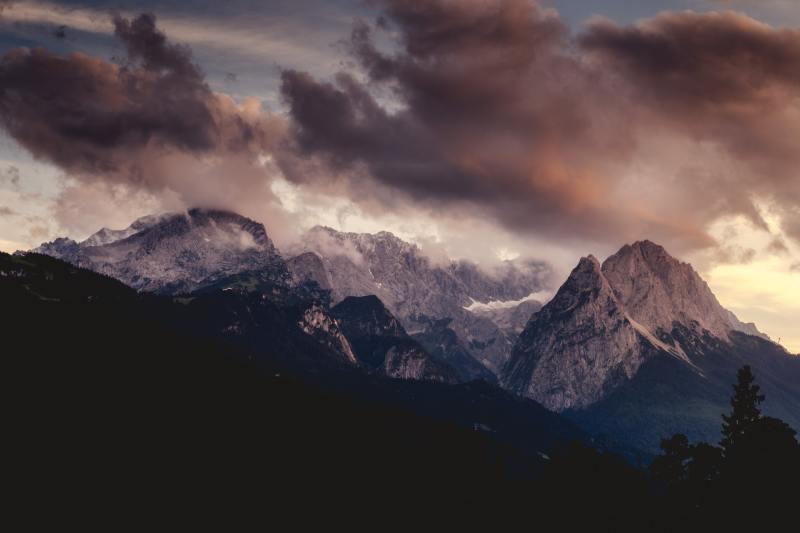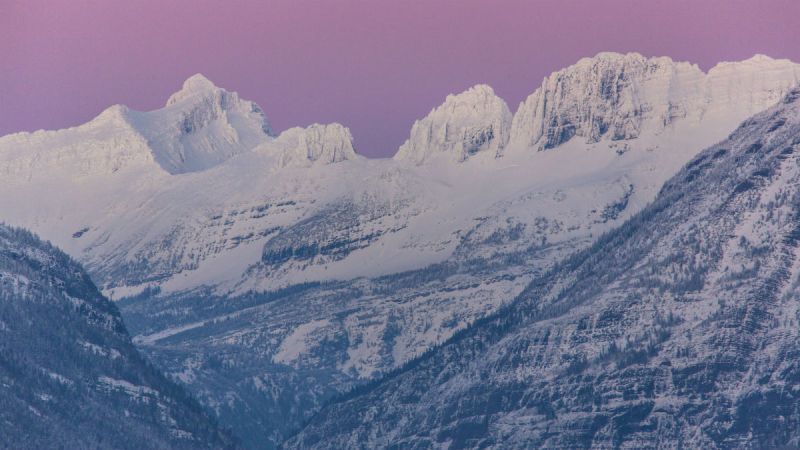
“… during that long and racking march of thirty-six hours over unnamed mountains and glaciers, it seemed to me often that we were four, not three.”
Ernest Shackleton’s experience came at the end of two years of hardship. During an Antarctic expedition that almost ended in disaster when his ship Endurance became trapped in ice and sunk, Shackleton and his crew were forced to survive on ice in the Weddell Sea, crossing to a tiny island, and sailing some of the world’s most treacherous seas in a boat just 22 feet long. It was the ultimate feat of endurance, the true tale of survival, and perhaps the first recorded incidence of Third Man Syndrome.
I’ll come clean: I’m a complete cynic. I don’t believe in the paranormal, apparitions, or any of that side of things. But even I struggle to explain away the phenomenon that so many mountain climbers have experienced — notably Frank Smythe, who was tantalizingly close to being the first person to climb Mount Everest, and Joe Simpson, the man who wrote Touching the Void. So is Third Man Syndrome some sort of guardian angel, or perhaps a shared hallucination brought about by stress?
Well, the truth is that no one really knows. Science might explain this phenomenon away as the two halves of your brain conversing, proving the two-brain theory — the idea that the two hemispheres of your brain are separate and may talk to one another. Others may put it down to a guardian angel or a guiding spirit. But while we’re not sure what causes it, there are stories from all around the world of the Third Man aiding people in their hour of need.
So why is the Third Man Syndrome so well documented among adventurers? Well, when it comes to stressful situations, mountain climbing accidents certainly qualify. But then there’s the time frame. Take Joe Simpson, for example. After — spoiler alert, if you’ve not read Touching the Void — plummeting to what should have been his death, Simpson recalls hearing a voice helping him and guiding him along the way as he dragged his battered body the 5 miles back to base camp, and to safety.
It’s this element that is consistent — the Third Man is always there to help you and offer guidance.
Sometimes, all you need is a companion, as in the case of Frank Smythe, who had set out alone for the summit of Everest after the rest of his team abandoned the attempt due to poor weather and a lack of supplies. He came up short by a mere 1,000 feet. Deep in a snowstorm and severely short on oxygen, Smythe relied on the most unlikely companion, the Third Man. Perhaps that lack of oxygen may have played a part, but at one point, he was so convinced of the presence of this figure that Smythe pulled out his rations and broke them in two, preferring the spare half.

‘The Waste Land’
Third Man Syndrome gets its name from a poem. After learning about Shackleton’s ordeal in Antarctica, T.S. Eliot was inspired to write the poem The Waste Land in 1922, and in one section of the lengthy poem, Eliot refers to a “third.”
Who is the third who walks always beside you?
When I count, there are only you and I together
But when I look ahead up the white road
There is always another one walking beside you
Gliding wrapt in a brown mantle, hooded I do not know whether a man or a woman
—But who is that on the other side of you?
According to the Royal Scottish Geographic Society, Eliot said in a footnote to The Waste Land, that he was unsure of the identity of “the third.” In a footnote to the poem, Eliot wrote of the inspiration he took from the story of Shackleton’s ordeal, ” … it was related that the party of explorers, at the extremity of their strength, had the constant delusion that there was one more member than could actually be counted.”
Whatever it is, and we may never know, the Third Man has saved the lives of countless mountain climbers and explorers. Cynic or not, it’s comforting to know that there’s always a friendly voice out there to help you when things get as tough as they possibly can.



